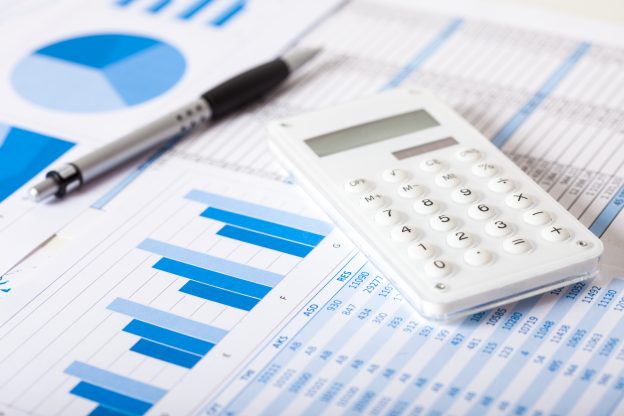
Combinations of renewable energy and energy storage systems have become increasingly common but the combination of carbon dioxide energy storage systems and wind power may be a world first.
Italian carbon dioxide battery company Energy Dome has announced a partnership with global wind giant Ørsted to conduct a feasibility study of a 20MW energy storage system to supply “one or several” Ørsted wind farms in Europe with 10 hours of electricity. If all goes well, the first cooperative carbon dioxide battery factory can be completed and put into operation in 2024.
This is the first time carbon dioxide batteries and wind power have come together. Can it become another combination in the renewable energy world? Kieran White, Vice President of Europe Ørsted Onshore, said: “We see a CO2 battery solution as a very promising alternative to long-term energy storage.”
Carbon dioxide batteries are mainly made of existing industrial parts such as compressors and turbines and work in a relatively simple way. Energy Dome first uses a huge, elastic air bag to store carbon dioxide. When charging, the generator will extract the carbon dioxide and compress and condense it into a liquid. When the large battery is about to discharge, it will use the previously stored waste heat to heat and evaporate the liquid carbon dioxide to drive the second set of turbines to generate electricity.
Basically, we can think of carbon dioxide batteries as another compressed air energy storage system, suitable for long-term power storage systems, and there will be opportunities to cooperate with large-scale solar and wind power plants in the future. After all, the power generation of intermittent renewable energy depends on the weather. Excess solar and wind energy can be stored and then dispatched at sunset and when there is no wind.
Claudio Spadacini, CEO and founder of Energy Dome, said the beauty of carbon dioxide batteries is that they can store or dispatch electricity for anywhere from four hours to a full day or even up to a week or more. Compared with short-term energy storage systems such as lithium-ion batteries, it can be applied in different scenarios.
If the unit of storage and discharge time is measured in "days" instead of "hours," it may be a better choice for wind power generation. After all, sometimes there is no wind for a week, said Eric Hittinger, an energy storage scholar at Rochester Institute of Technology. These are niche markets for long-duration energy storage systems like the Energy Dome.
Spadacini also pointed out that carbon dioxide batteries do not require lithium metal and there will be no labor or environmental issues due to supply chain disruptions. Carbon dioxide batteries are only made of steel with no strange metals or rare metals. Carbon dioxide batteries are relatively cheap and easier to produce. However, he is not saying that he wants to win against lithium-ion batteries because it is better not to rely on a single or a few materials in the future energy system and energy diversification is always a better strategy.
(Image:Energy Dome )







